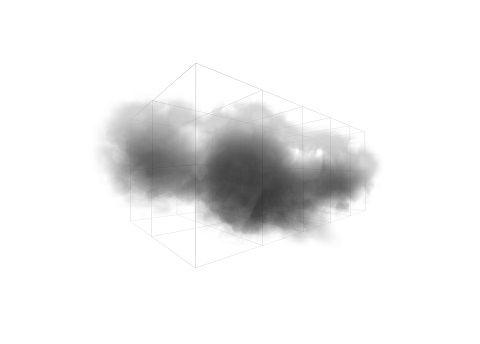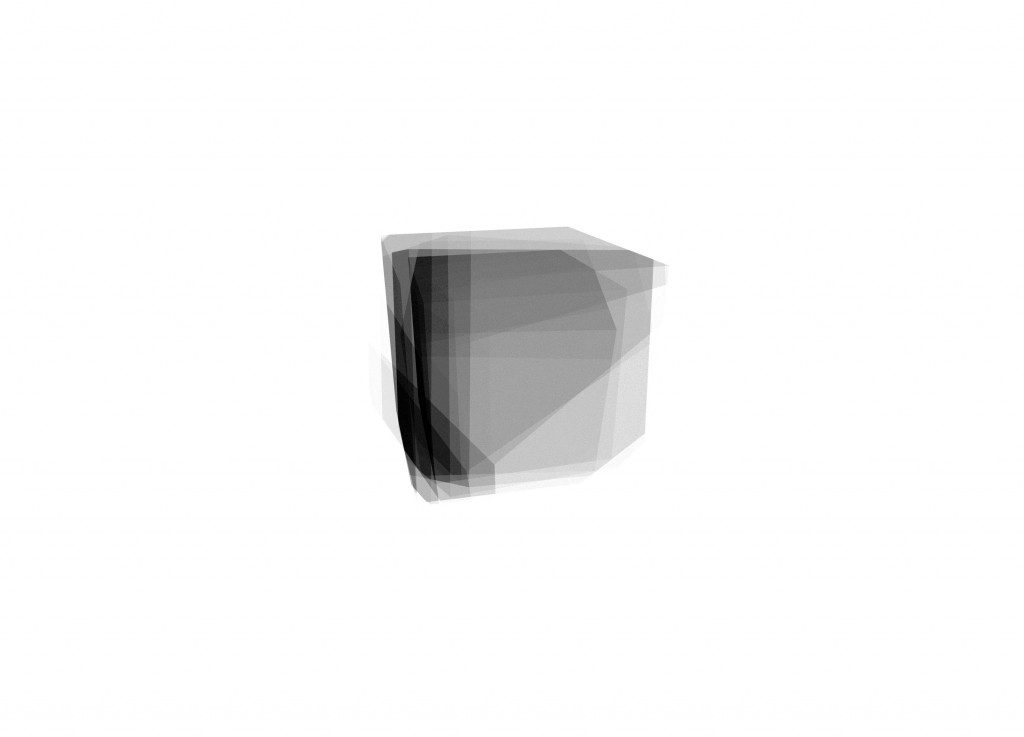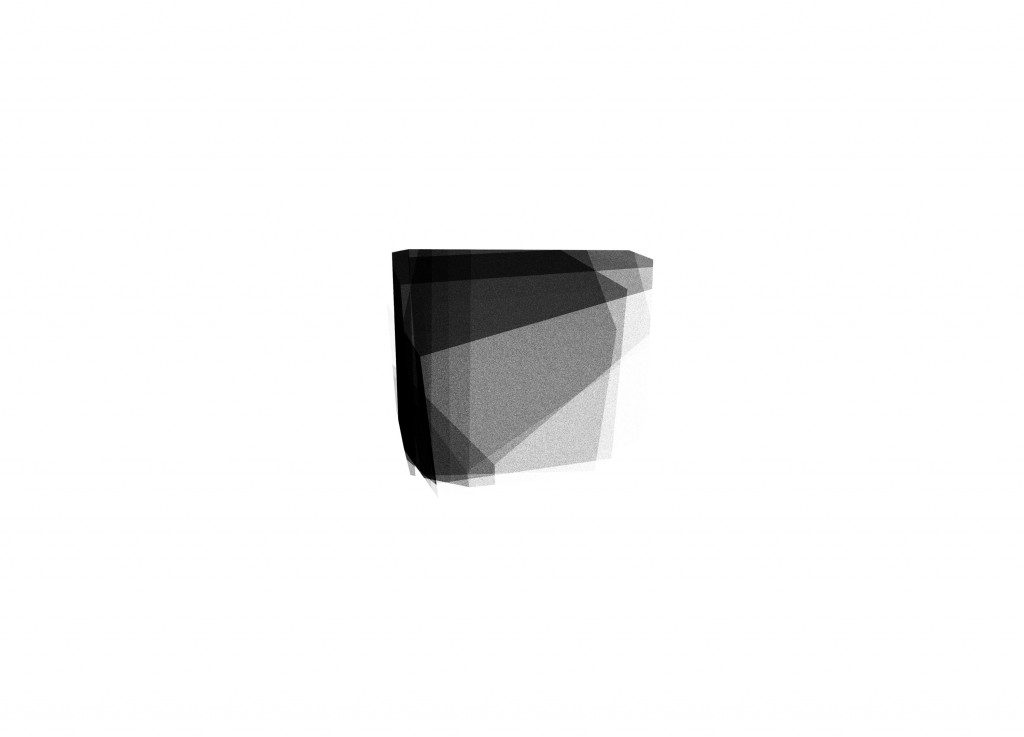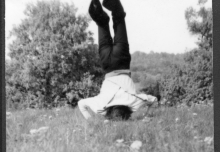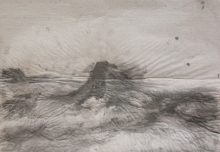„Štruktúra mriežky je základným nástrojom a metódou racionálneho zmýšľania, ktorá je pre nás prirodzená nakoľko sa ju učíme v škole, žijeme v nej a neustále nás obklopuje. Prináša nám pocit usporiadanosti, stability a kontroly na každej úrovni nášho vyspelého sveta. Otázka znie, či je základnou súčasťou ľudskej prirodzenosti alebo produktom ľudského zmýšľania.“
Výstava, galéria Plusmínusnula
Vernisáž v piatok 2. 9. 2016 o 18.00
Výstava potrvá do ± 30. 9. 2016
V spolupráci s budapeštianskou asociáciou a galériou „The Studio of Young Artist“ predstaví galéria Plusmínusnula práce mladého maďarského umelca, ktorého tvorba je osobitým sprievodcom mentálnou krajinou. Naprieč médiami rozkrýva skryté vzorce a vzťahy medzi jednotlivými fragmentami našej pamäte.
Áron Kútvölgyi-Szabó (*1985) je jedným z najvýraznejších maďarských umelcov najmladšej generácie. Po štúdiách dejín umenia, filozofie a hebraistiky nastúpil do sochárskeho ateliéru na Fakulte hudby a umení v Pécsi, ktorú absolvoval v roku 2013.
– – –
Áron Kútvölgyi-Szabó / In between grids
About a year ago I started a research and visual experimentation on the topic of grid structures, which I continued through two residency programs in Stuttgart (D) and in Bern (CH) – but this is the first time I present it. In my previous works, I was dealing mostly with human mindsets and mental coordinate systems as foundations of (one’s) thinking. In this case I was looking for the sources of unique personal categorizations, the ones which are existing next to each other, however resulting in radically different views of the world.
Grid structure is the default tool and method of rational thinking. It has it’s own logic and mindset, which is natural for us because we learn it in school, we socialized in it and constantly surrounded by it. It gives a sense of order, stability and control for every level of our civilized world. The question is whether it is a fundamental part of our nature or the product of human thinking?
Generally grids are to handle irregular, subtle phenomena, they are to measure, to quantify and to calculate. Grids are to observe, to map and to filter things. To categorize, to systematize, to organize, to solve complex problems and to be efficient. Besides they also serve for control and regulation.
Rectangular things tend to form a grid, in 3D space they became a cube, they are all compatible with each other and easily form systems. Grids are frameworks, building blocks, elements / components of a systems; units and containers. They are in between bricks and pixels, they behave in the same time as separators and boundaries but can function as connections too.
My aim was to create a personal associative mindmap as one installation, where all those symptoms and issues regarding the grid systems could be presented in various fields. Since I consider grid structures as a form of filter, one of my main interest was to analyze it’s distortions and deformations. Through physical simulations and the use of various materials and methods – as metaphors in an abstract level – I tried to emphasize the ambiguity of perspective views and the occasionality of spatial situations. Where accidental phenomena and effects can rise and deceive our perceptions leading to false conclusions and misunderstandings.

